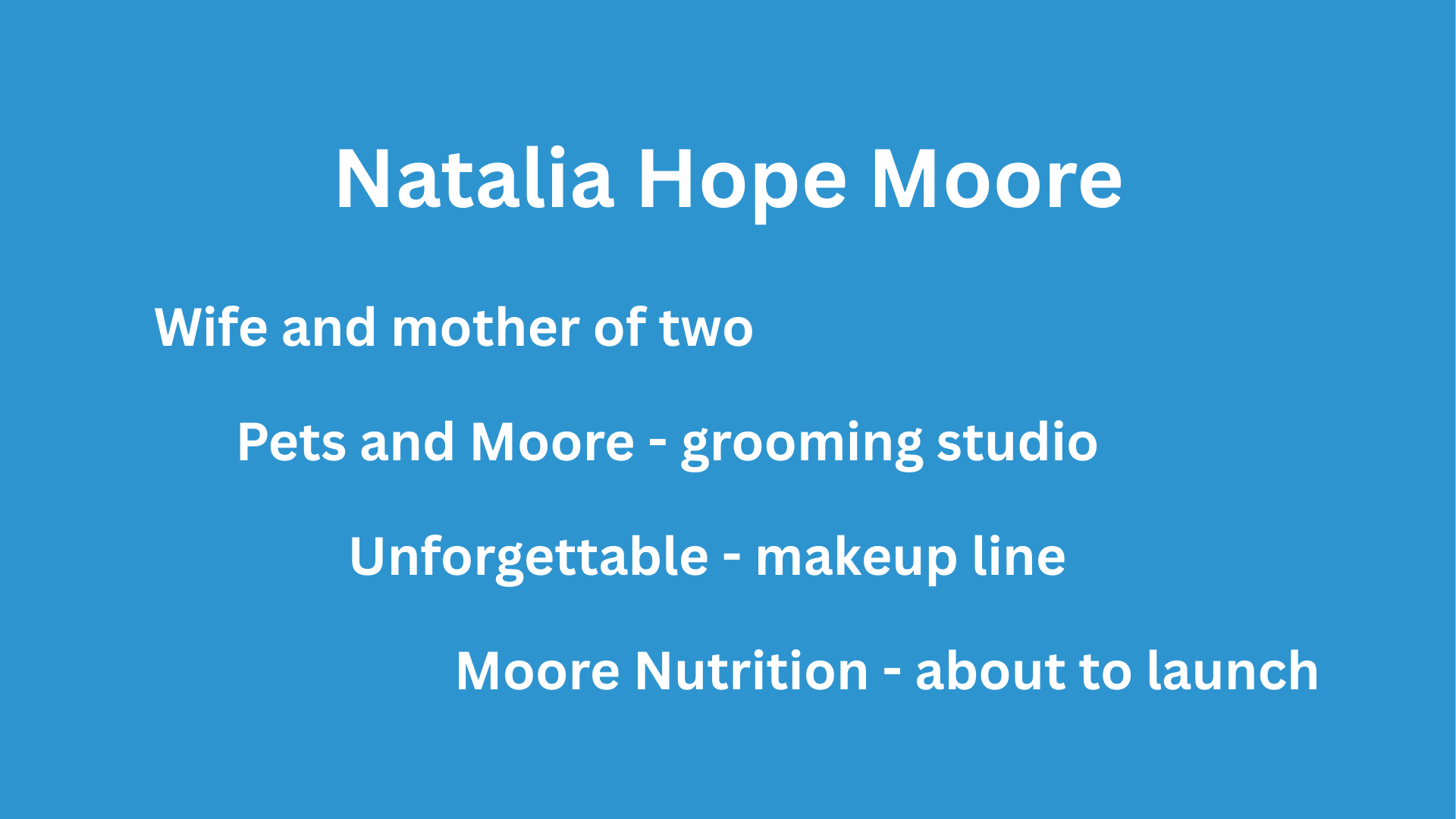
Understanding the Medicaid 1115 Waiver Landscape
The dynamics of health policy in the United States can often be perplexing, but one important avenue for states to innovate is through Section 1115 waivers. These waivers allow for experimentation with Medicaid approaches that diverge from federal mandates, aimed at fostering improvements in health delivery and objectives. The role of these waivers has become increasingly prominent as states seek tailored solutions that align with local needs.
Historical Context of Medicaid Waivers
In the context of health and wellness, Section 1115 waivers carry a historical significance. First introduced in the 1960s, these waivers have evolved in response to changing health needs and political climates. Their main appeal lies in granting states flexibility to administer their Medicaid programs, which allows them to implement creative solutions that reflect their distinct populations. This flexibility is not merely bureaucratic; it has substantial implications for community health outcomes, allowing states to address local health challenges more effectively.
Current Trends in Medicaid Waiver Approval
As of mid-2025, nearly every state in the U.S. has at least one active Section 1115 waiver, showcasing the widespread recognition of the need for customized health solutions. The popularity of these waivers can also be attributed to political influences and social trends that prioritize accessibility and improved health metrics. The tracking of approved and pending waivers reveals key patterns in states’ approaches to eligibility criteria and benefit changes that are increasingly shaped by the social determinants of health (SDOH).
Diverse Perspectives: Benefits and Criticisms
While the benefits of Section 1115 waivers are substantial, including increased empowerment of states and the ability to promote public health initiatives, criticism persists about potential drawbacks. Critics argue that without stringent oversight, these waivers may lead to reduced coverage or increased barriers to care for vulnerable populations. Such concerns raise questions about the ethical implications of health policy experimentation and the inherent trade-offs between flexibility and equity.
Future Predictions: Medicaid Waiver Impact on Health Policies
Looking ahead, the future of Medicaid waivers will likely reflect ongoing changes in federal and state-level priorities, particularly as they relate to health equity and wellness. With rising attention on social determinants of health, more states may choose to incorporate interventions that address not just medical needs, but also broader social issues affecting their populations. The result could significantly shape the future landscape of health and wellness, influencing fitness trends and healthcare access.
Practical Insights for Professionals
For suburban professionals who are health-conscious, understanding the implications of these waivers is crucial. As health and wellness initiatives of states evolve, individuals can better navigate their healthcare options and advocate for policies that support community wellness. Staying informed about how waivers reshape Medicaid services can empower professionals to create informed health decisions for themselves and their families.
Ultimately, as states implement innovative strategies through Medicaid waivers, ongoing education on these trends becomes essential. Engaging with current research and trends in health policy not only enhances personal well-being but also contributes to collective community health efforts. As such, staying abreast of these developments can propel community-focused initiatives that enhance overall health outcomes.
As you consider the implications of Section 1115 waivers, I encourage you to follow updates on health policies that directly impact your community. Knowing how the Medicaid landscape is changing can empower you to make informed decisions about your health and advocate for continued improvements in public health.
 Add Row
Add Row  Add
Add 




Write A Comment